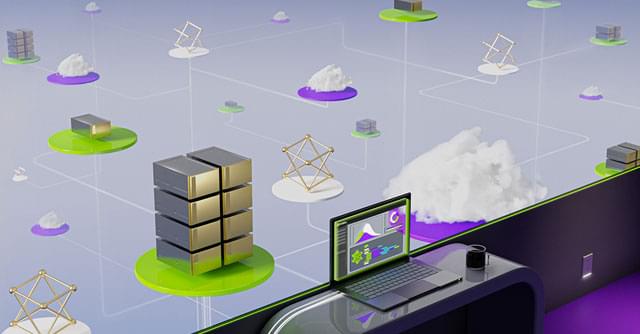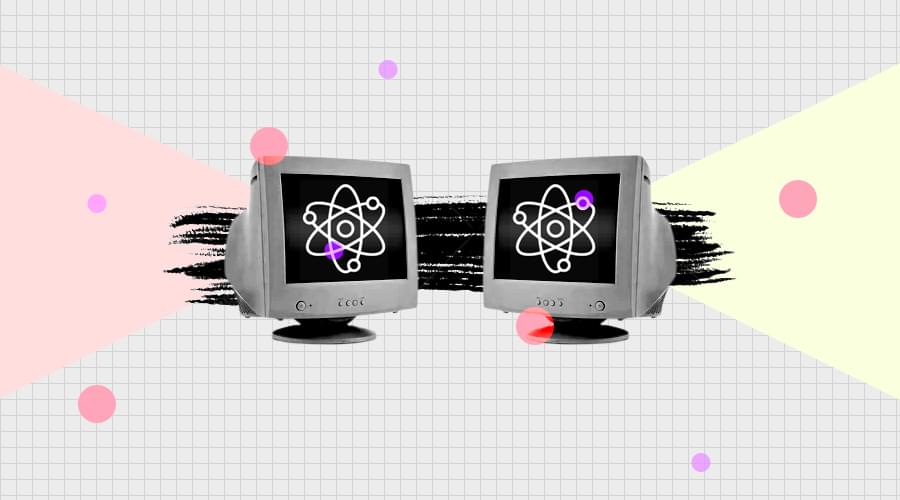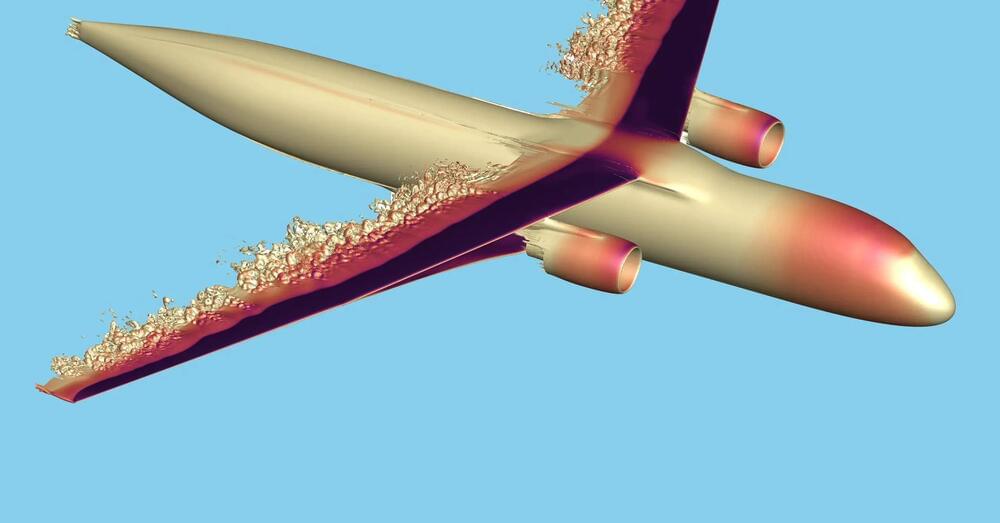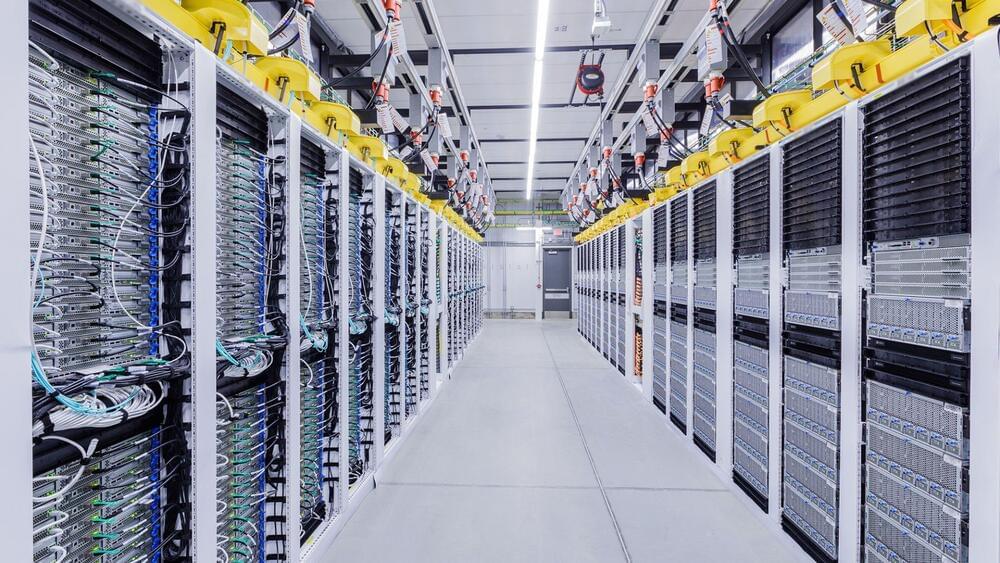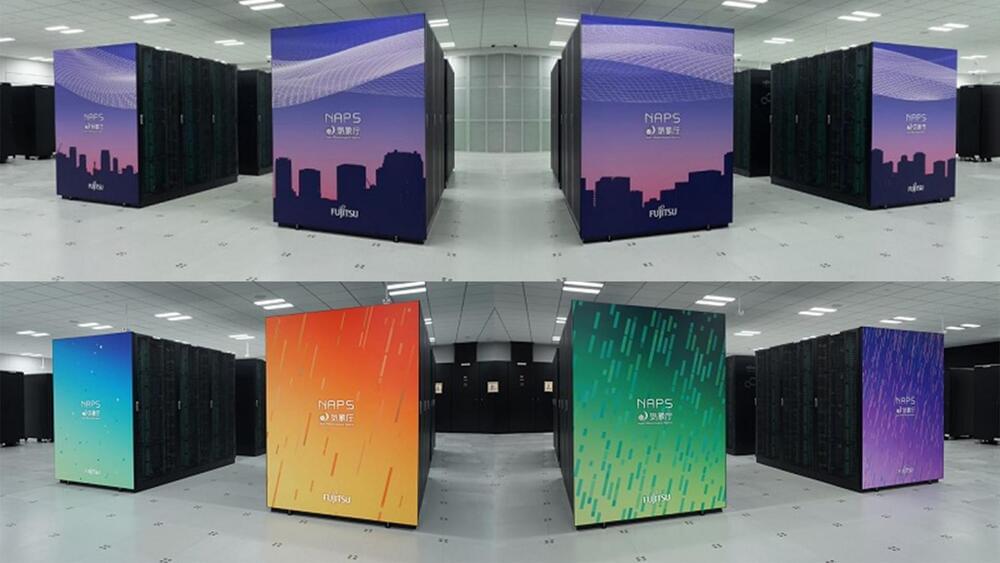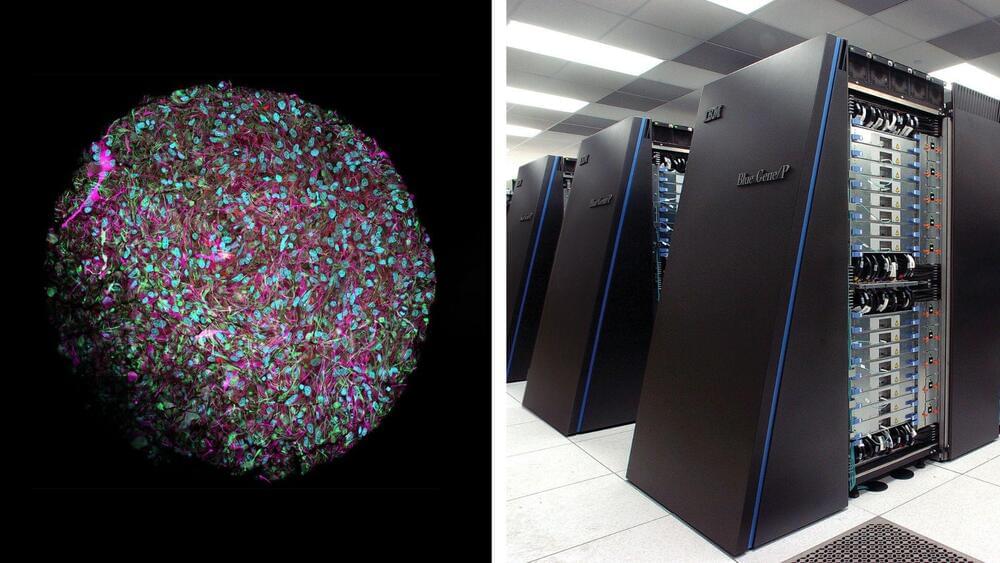Mar 22, 2023
Nvidia’s new DGX Cloud provides supercomputing to enterprises through web browsers
Posted by Shubham Ghosh Roy in categories: robotics/AI, supercomputing
Chipmaker Nvidia has announced a new service that will allow users to access supercomputer level computing power from web browsers. The service, called Nvidia DGX Cloud, is an AI supercomputing service that allows enterprises to run workloads on the company’s A100 and H100 chips remotely.
“DGX Cloud provides dedicated clusters of NVIDIA DGX AI supercomputing, paired with NVIDIA AI software. The service makes it possible for every enterprise to access its own AI supercomputer using a simple web browser, removing the complexity of acquiring, deploying and managing on-premises infrastructure,” the company said in a blog post.
As reported by Reuters, however, the service isn’t cheap. Nvidia is charging $37,000 per month for access to eight of the A100 or H100 chips — the company’s flagship chips, which are both designed for AI computing. “Each instance of DGX Cloud features eight Nvidia H100 or A100 80GB Tensor Core GPUs for a total of 640GB of GPU memory per node. A high-performance, low-latency fabric built with Nvidia Networking ensures workloads can scale across clusters of interconnected systems, allowing multiple instances to act as one massive GPU to meet the performance requirements of advanced AI training,” Nvidia’s blog post explained.
